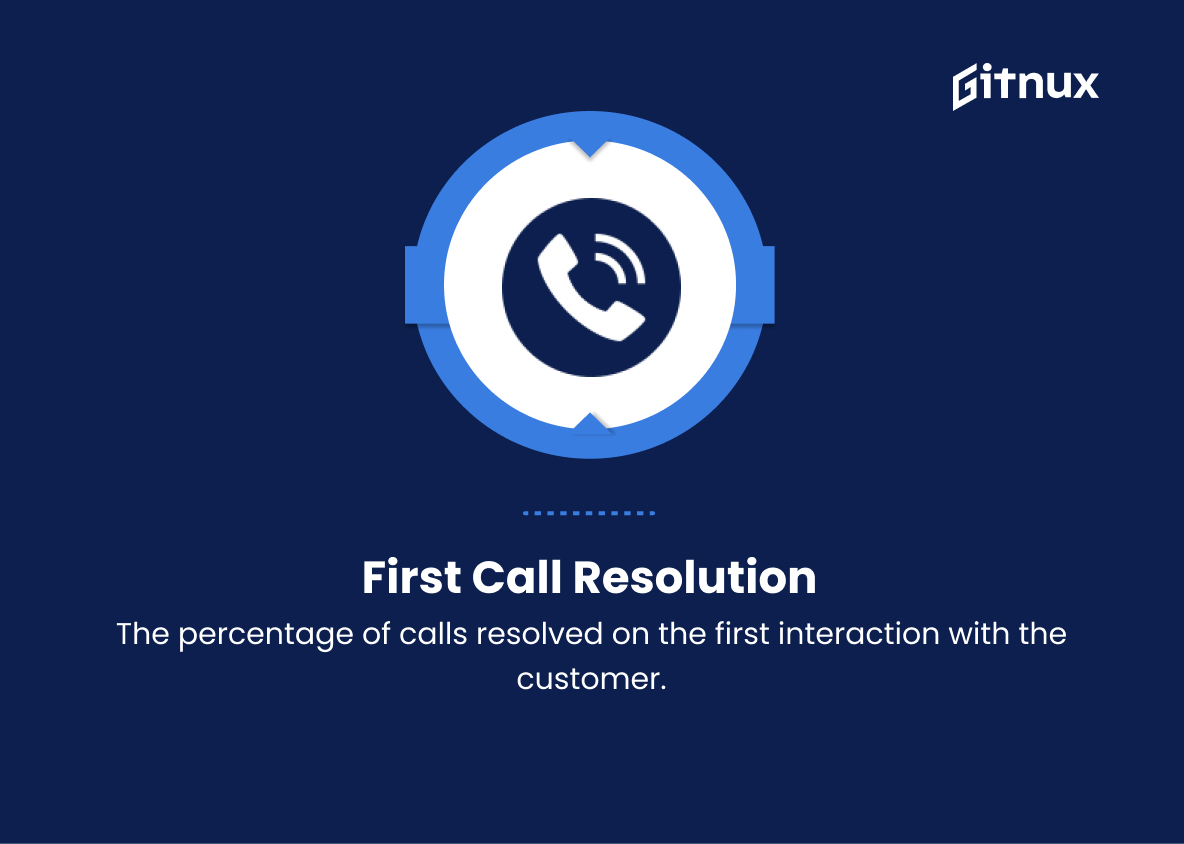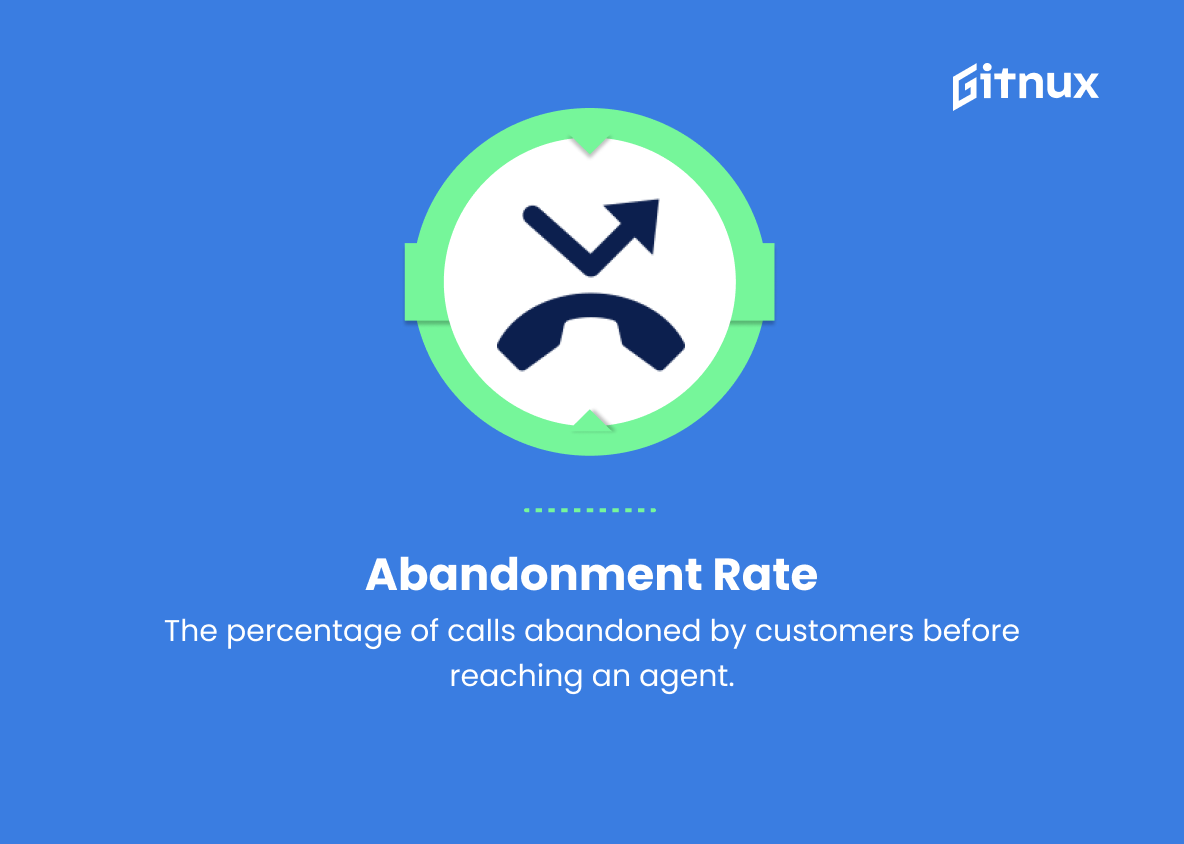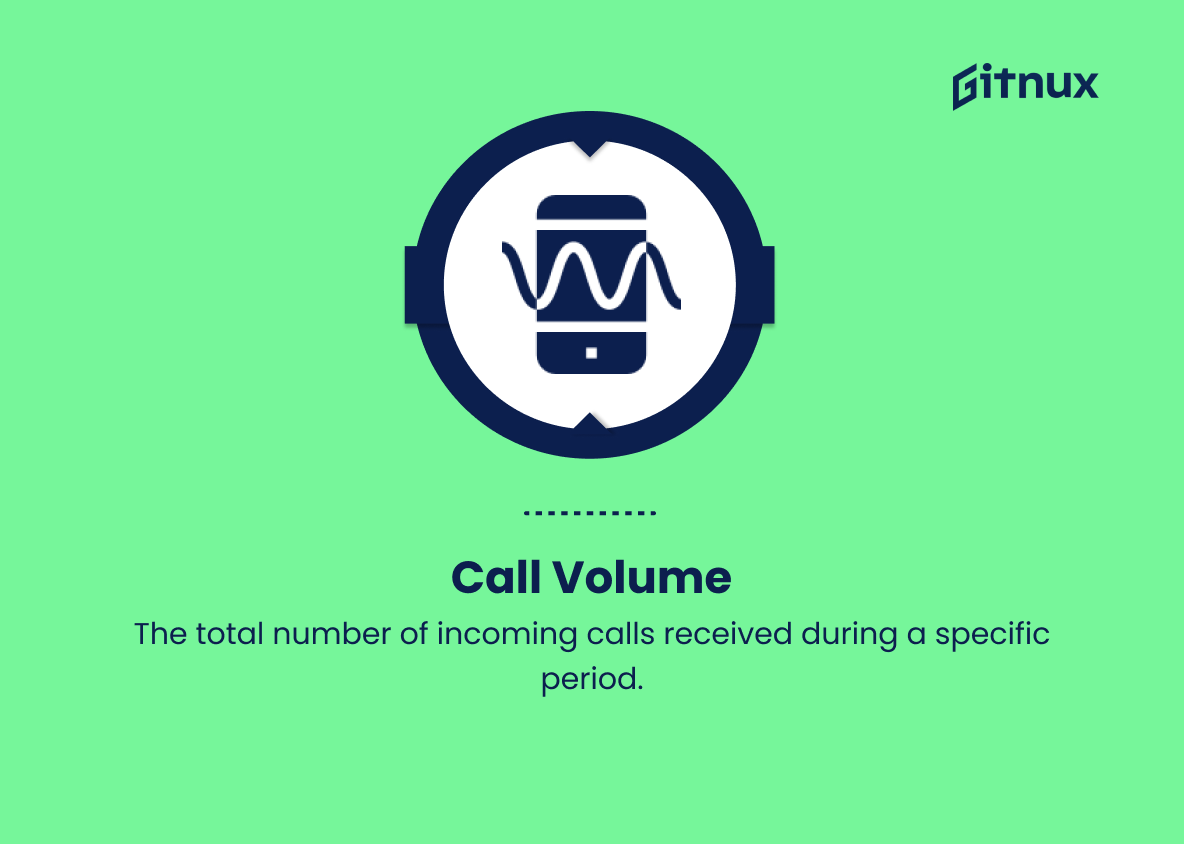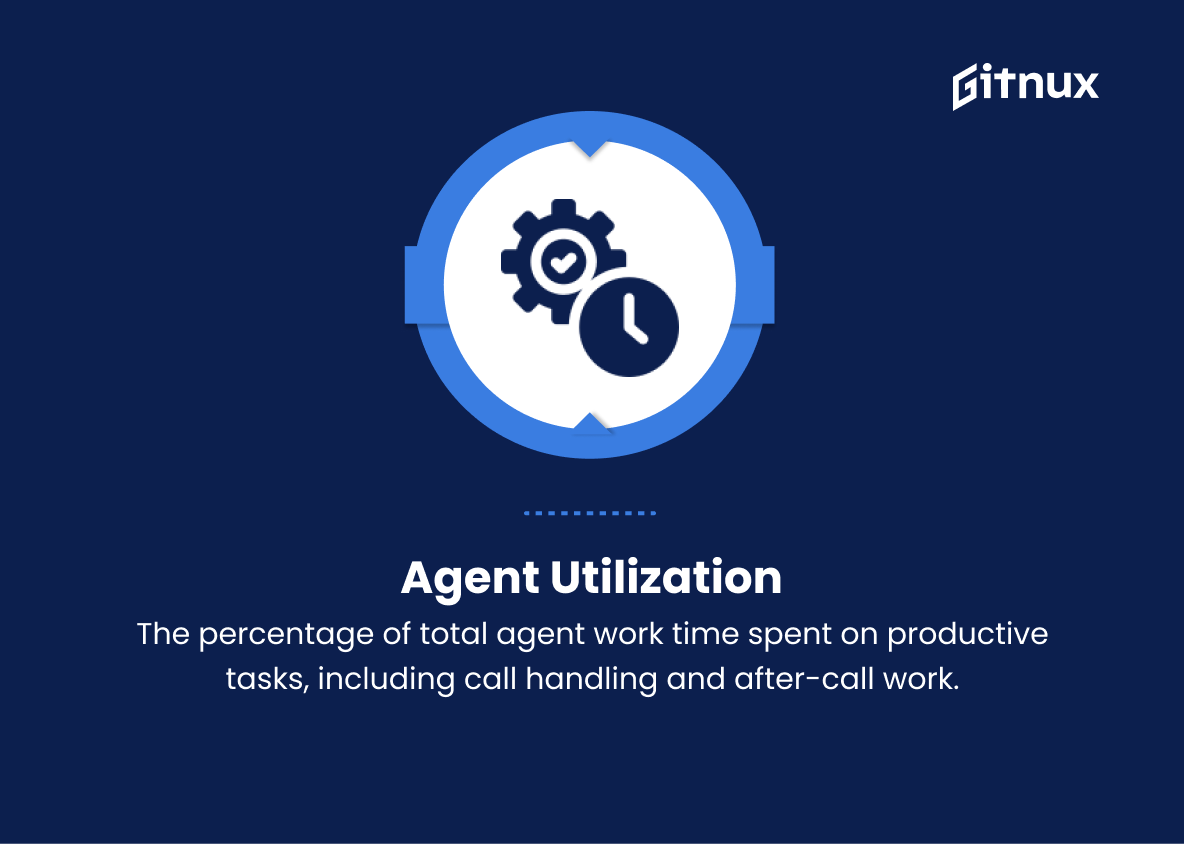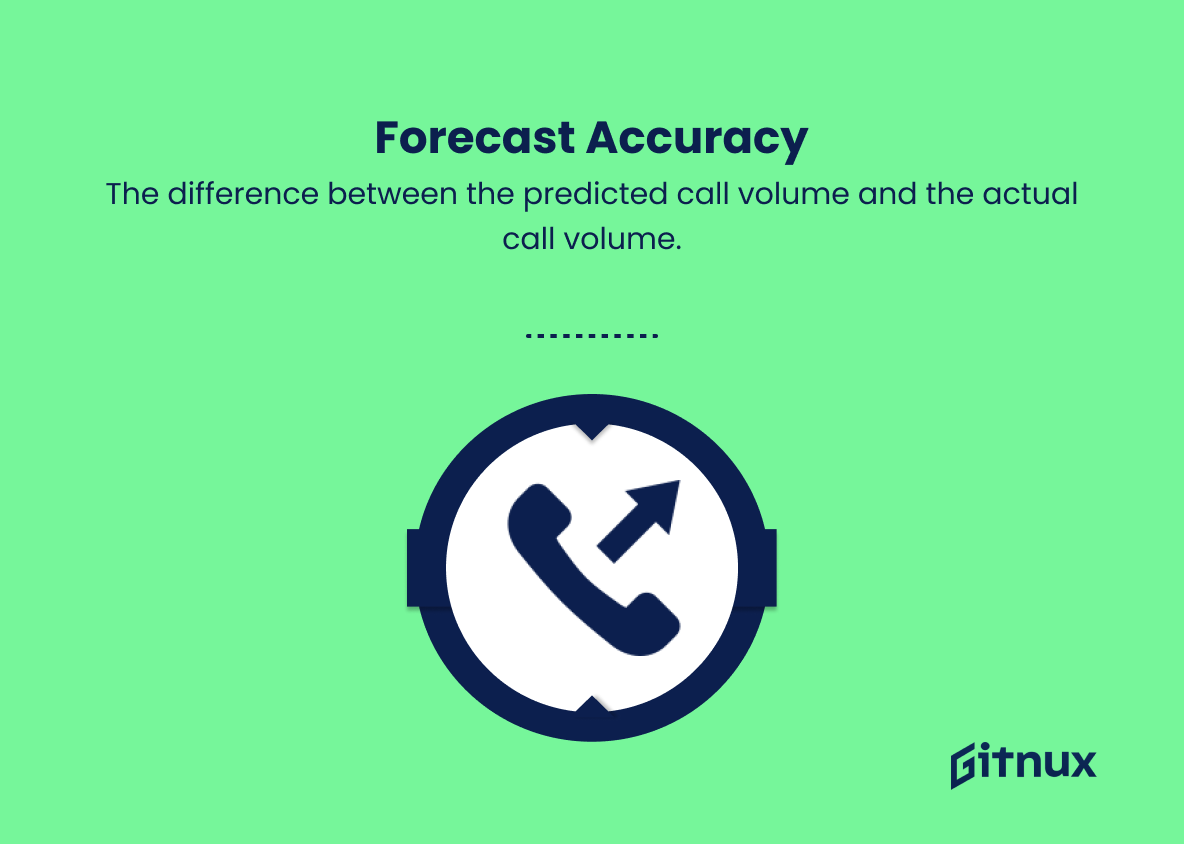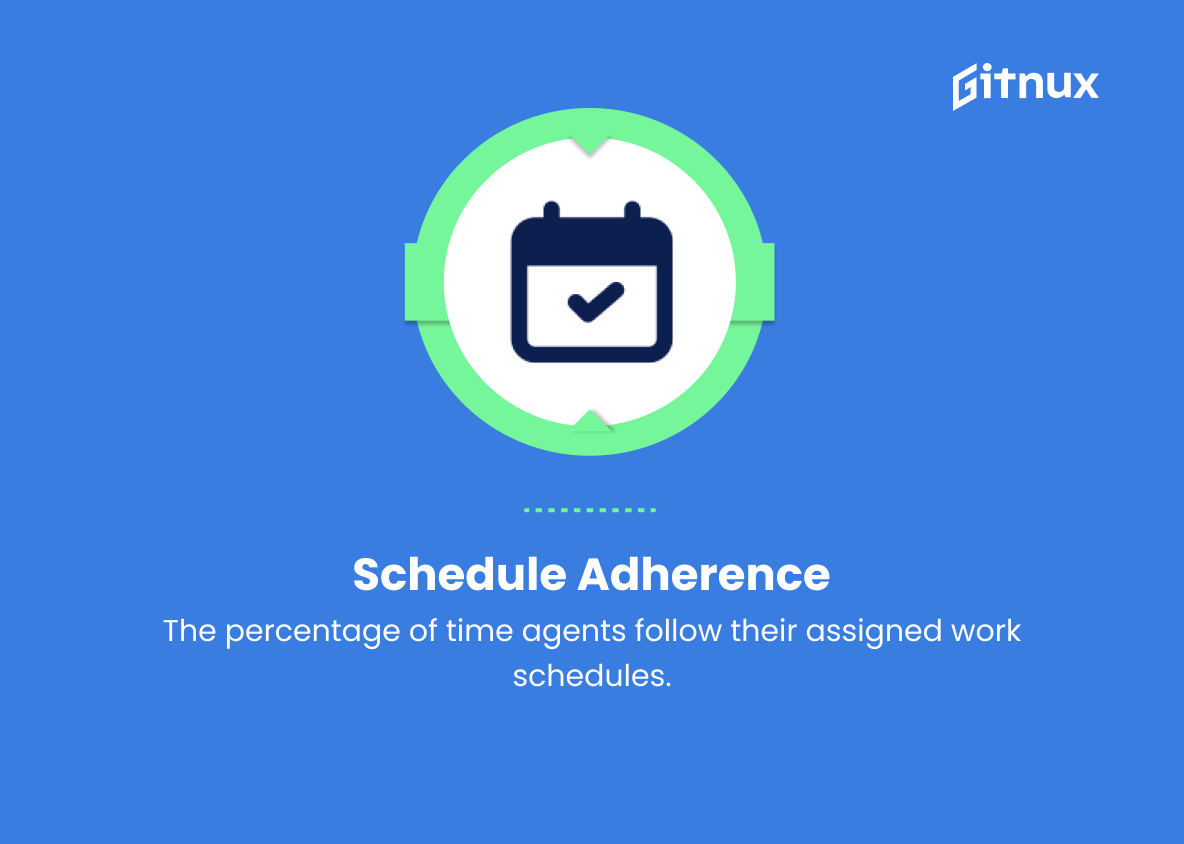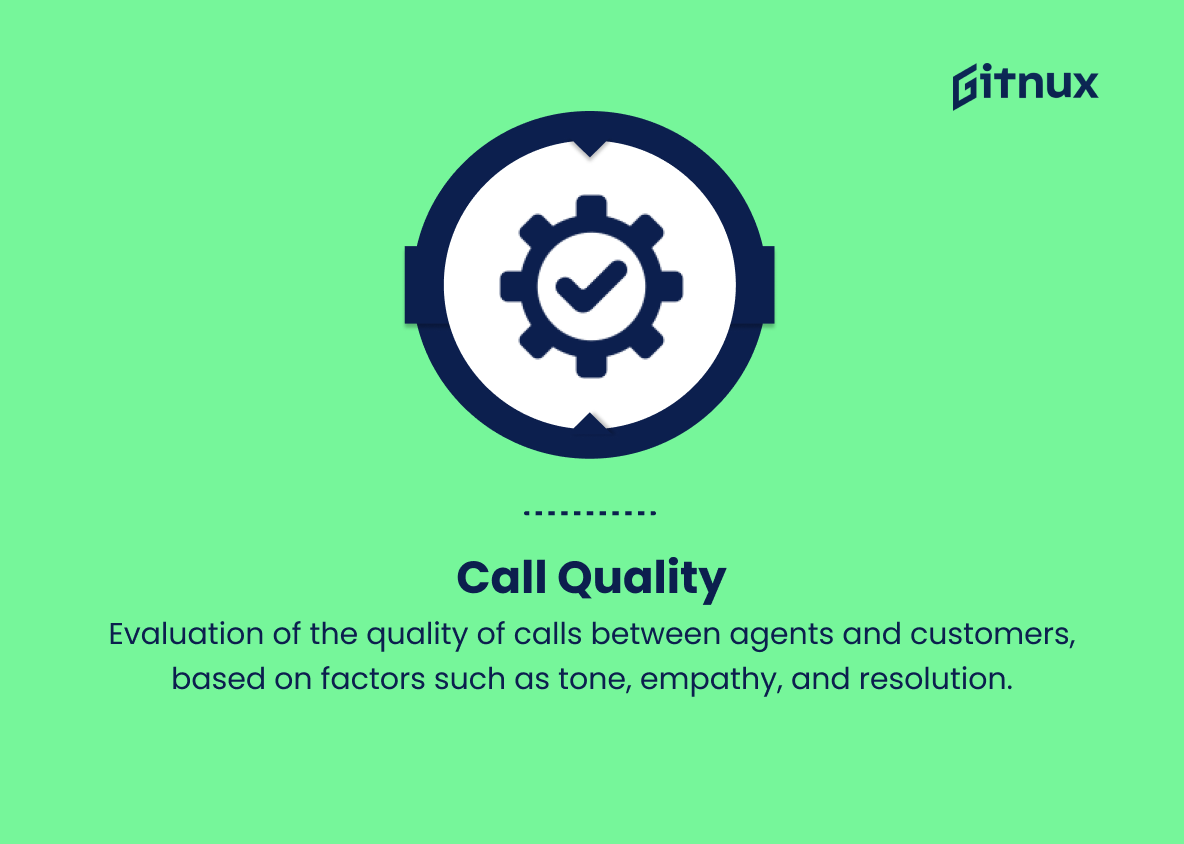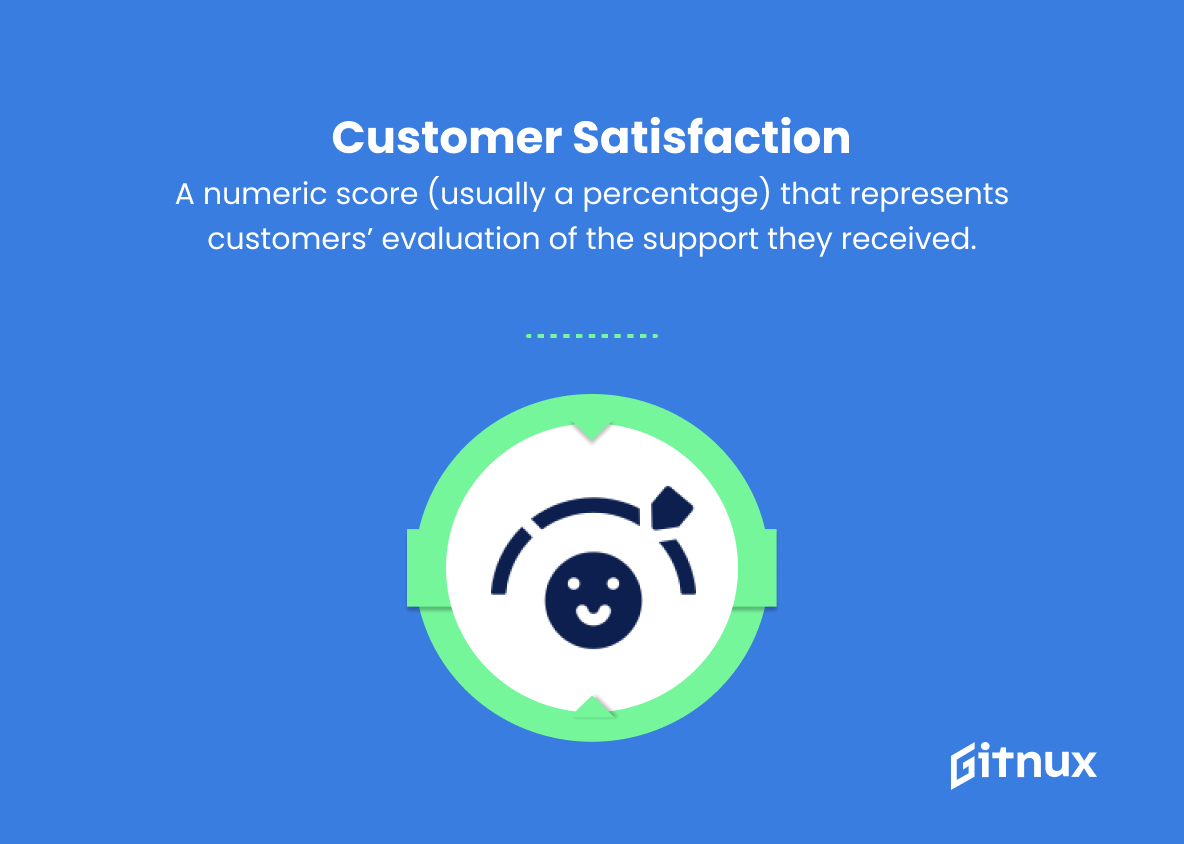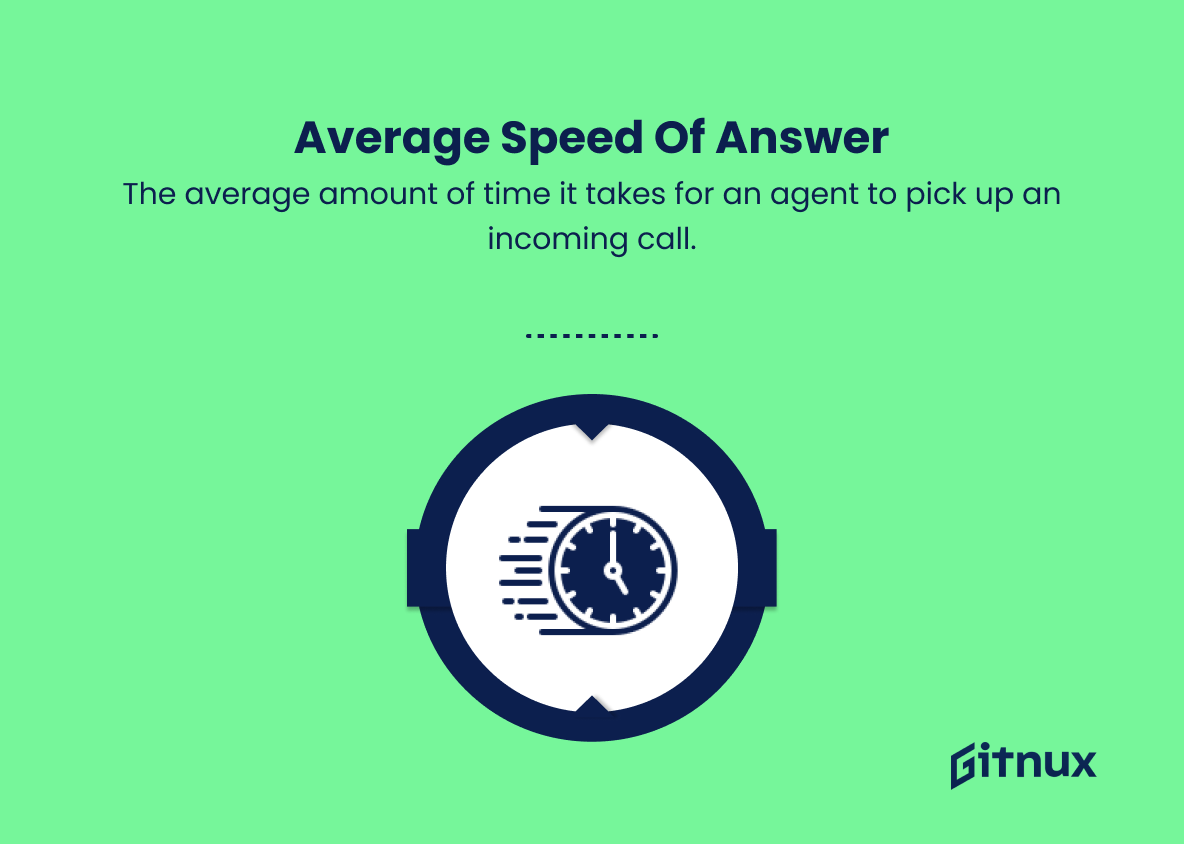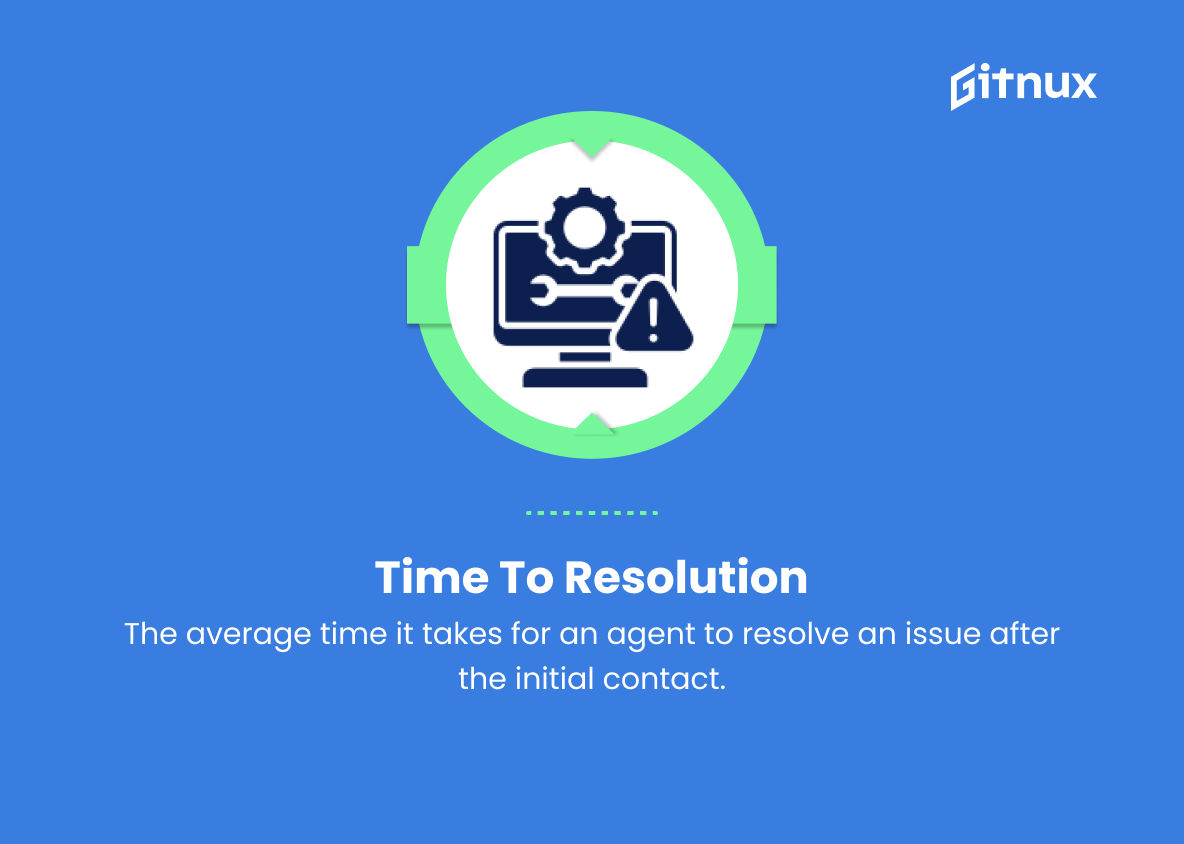In today’s fast-paced and competitive business environment, excellent customer service is paramount for the success of any organization. At the heart of this customer-centric approach are call centers, which not only bridge the gap between companies and their customers but also serve as a goldmine for valuable insights and data. To effectively manage the day-to-day operations of a call center and drive continuous improvement, it’s crucial to understand and utilize key performance indicators (KPIs) for call center reporting metrics. In this in-depth blog post, we will explore the essential call center reporting metrics that can help managers and executives make informed decisions, optimize efficiency, and ultimately enhance the overall customer experience. So, let’s dive into the world of call center metrics and unlock their true potential for the benefit of your organization.
Call Center Reporting Metrics You Should Know
1. First Call Resolution (FCR)
The percentage of calls resolved on the first interaction with the customer. A high FCR indicates efficient call handling and reduced need for follow-ups.
2. Average Handle Time (AHT)
The average duration of calls, including talk time, hold time, and after-call work. A low AHT suggests the call center is efficiently resolving issues, though excessively low AHT may indicate unresolved issues or rushed calls.
3. Abandonment Rate
The percentage of calls abandoned by customers before reaching an agent. A high abandonment rate may indicate long wait times or insufficient staffing.
4. Service Level
The percentage of calls answered within a predefined time threshold, usually measured in seconds. A higher service level indicates that callers’ issues are addressed promptly.
5. Call Volume
The total number of incoming calls received during a specific period. Monitoring call volume helps in staffing decisions and identifying peak call times.
6. Occupancy Rate
The percentage of time agents spend handling calls, compared to their available work time. A high occupancy rate may indicate efficiency but can also result in agent burnout.
7. Agent Utilization
The percentage of total agent work time spent on productive tasks, including call handling and after-call work. Higher agent utilization suggests the efficient use of resources.
8. Forecast Accuracy
The difference between the predicted call volume and the actual call volume. Accurate forecasting helps in staffing and resource planning.
9. Schedule Adherence
The percentage of time agents follow their assigned work schedules. High schedule adherence shows that agents are working when needed and not deviating from their shifts.
10. Agent Turnover Rate
The percentage of agents who leave the call center within a specific period, either voluntarily or involuntarily. High turnover rates can affect productivity and necessitate increased training efforts.
11. Call Quality
Evaluation of the quality of calls between agents and customers, based on factors such as tone, empathy, and resolution. High-quality calls increase customer satisfaction and loyalty.
12. Customer Satisfaction (CSAT)
A numeric score (usually a percentage) that represents customers’ evaluation of the support they received. A high CSAT score indicates effective customer service and positive interactions.
13. Net Promoter Score (NPS)
A metric that measures customers’ likelihood to recommend the company or service to others. A high NPS suggests that customers are satisfied and may refer others.
14. Average Speed of Answer (ASA)
The average amount of time it takes for an agent to pick up an incoming call. Shorter ASAs indicate that customers are not waiting long periods on hold.
15. Time to Resolution
The average time it takes for an agent to resolve an issue after the initial contact. Faster resolution times may indicate efficient problem-solving and better overall customer service.
Call Center Reporting Metrics Explained
Call center reporting metrics are crucial for ensuring effective customer service and smooth call center operations. First Call Resolution (FCR) showcases the efficiency of call handling and reduces the need for follow-ups. Average Handle Time (AHT) measures the efficiency of issue resolution, while Abandonment Rate helps identify long wait times or insufficient staffing issues. Service Level and Call Volume play an essential role in addressing customers’ issues promptly and making informed staffing decisions, respectively. Occupancy Rate and Agent Utilization inform about agents’ efficiency and resource utilization. Forecast Accuracy, Schedule Adherence, and Agent Turnover Rate support staffing and resource planning, as well as highlight areas that may affect productivity.
Call Quality, Customer Satisfaction (CSAT), and Net Promoter Score (NPS) indicate the effectiveness of customer service and the likelihood of customer loyalty and referrals. Average Speed of Answer (ASA) and Time to Resolution offer insight into wait times and problem-solving efficiency. Overall, these metrics provide a comprehensive view of call center performance, enabling better decision-making and the continuous improvement of customer service.
Conclusion
In summary, call center reporting metrics are critical for businesses aiming to optimize their customer service and boost overall performance. By analyzing key performance indicators such as average handling time, first call resolution, abandoned call rate, and customer satisfaction, companies can gain a comprehensive understanding of their call center’s operations. This valuable information paves the way for data-driven decision-making, leading to improved quality, efficiency, and overall customer experience. When effectively harnessed, these metrics can create a competitive edge for businesses, enabling them to thrive in today’s fast-paced customer service landscape.
